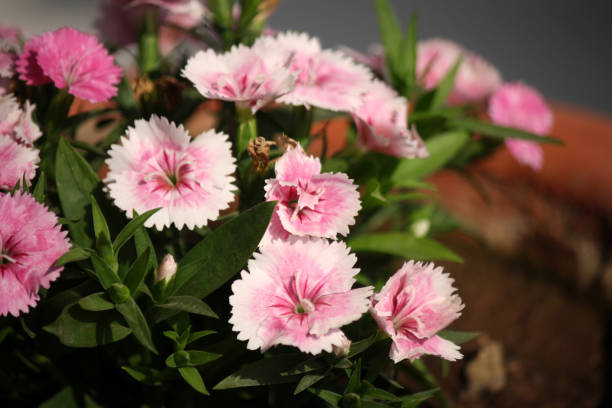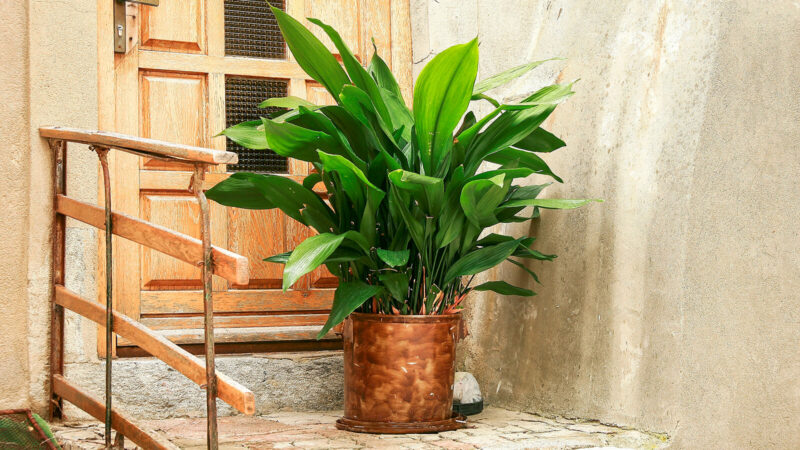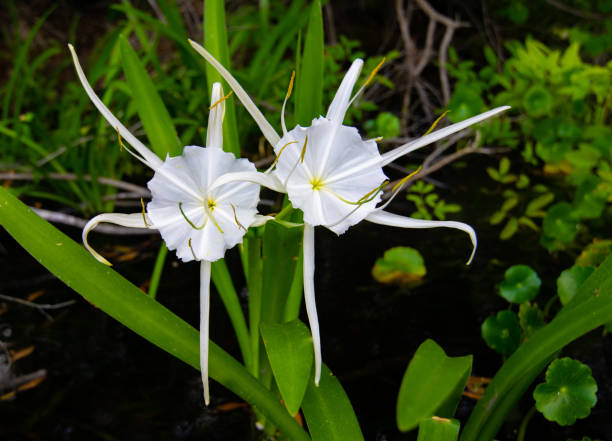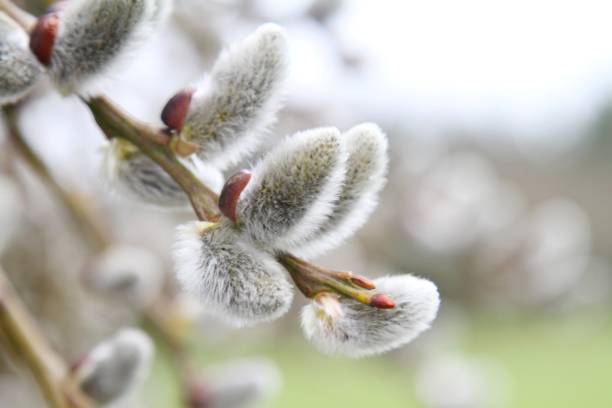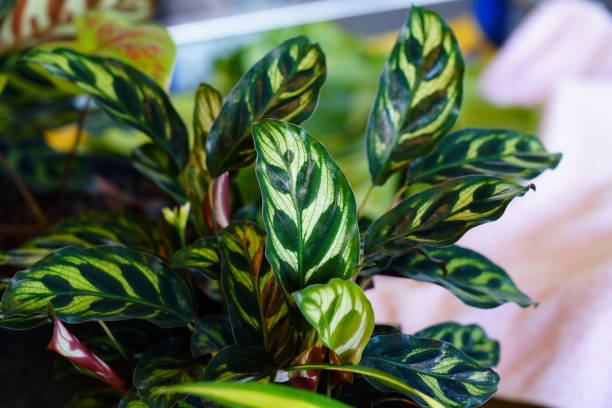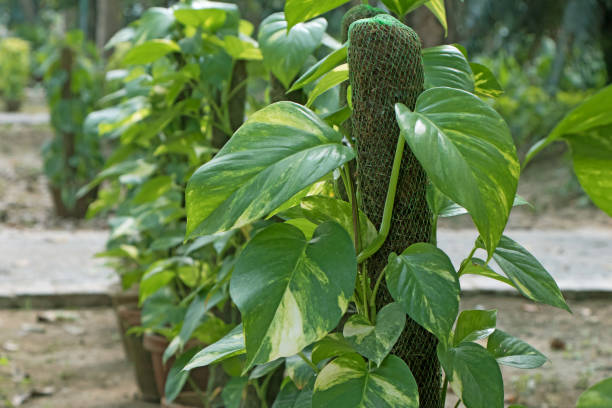Know-How To Take Mandevilla Care
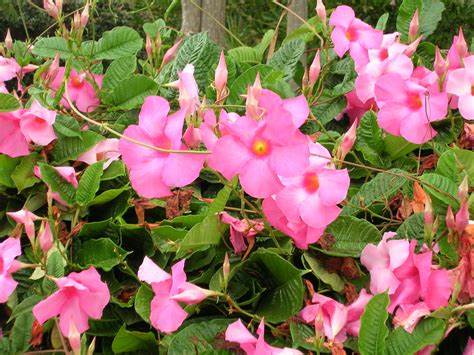
Mandevilla plant is a genus of flowering vines which grow in subtropical and tropical climates and this plant is also known as rocktrumpet. The five-petal flowers are usually fragrant and showy, which generally come in shades of red, pink, and white. Moreover, the flowers have yellow throats. These flowers generally grow in the summer and stretch into fall, although in hot climates they can bloom year-round. So how to take Mandevilla care?
Mandevilla leaves are usually bright green. Within the growing zones, Mandevilla flower can grow as perennials; growers outside of the zones usually like to grow them as annuals, particularly in container plantings. The fast-growing plants should be planted in the mid or late spring once the temperature is warm.
| Common Names | Mandevilla, rocktrumpet |
| Botanical Name | Mandevilla spp. |
| Plant Type | Perennial, annual, vine |
| Sun Exposure | Full |
| Mature Size | 3–20 ft. tall, up to 20 ft. wide |
| Soil Type | Well-drained, moist |
| Soil pH | Acidic, neutral |
| Flower Color | Red, pink, white |
| Bloom Time | Summer, fall |
| Hardiness Zones | 10–11 (USDA) |
| Toxicity | Toxic to people, animals |
| Native Area | Central America, South America, North America |
Mandevilla Care
Mandevilla plants are simple to care for as long as you get the right growing conditions. These plants thrive in lots of light, moisture, and warmth. Water the plant whenever the soil starts to dry out and feed the plant during the growing season.
If you want to increase the bushier growth habit on these plants, then pinch back the stems in the early spring. If you let the plants naturally grow as vines, it is perfect to provide them with the lattice or other structure so that they can climb around. These plants also look best in hanging baskets.
Light
The flower and vines grow and best in full sun which means this plant needs at least six hours of direct sunlight on most days. However, they will tolerate some shade and may even enjoy the shade from the afternoon hot sun. The perk to planting them in containers is you are able to move the Mandevilla out of the harsh sun as needed, so the foliage doesn’t get scorched.
Soil
These plants need well-draining, sandy soil with lots of organic material mixed in. The best potting mix is a mixture of builder’s sand, peat moss, and leaf mold. The somewhat acidic to neutral soil pH is great, although they also can endure slightly alkaline soil.
Water
Unlike several flowering plants, Mandevilla species can endure some dryness and proceed to flower. That said, these plants prefer a constant level of moisture, so try to keep the soil moist but not soggy. Water the plant slowly to allow the soil time to absorb up the moisture. Moreover, sprinkle the leaves as well to remove any pests and raise the humidity around the Mandevilla.
Temperature And Humidity
Mandevilla requires high humidity and warm temperatures. Temperatures should be at least 50 degrees Fahrenheit at night and 60 degrees Fahrenheit during the day for these plants to be planted outside. If you live in a dry environment, daily watering your flowers will help to keep humidity levels up.
Fertilizer
Fertilize in the spring with the slow-release, balanced fertilizer. Also, you can use the liquid fertilizer at the half-strength every couple of weeks from spring to fall. Moreover, it also can be effective to mix some fertilizer into the soil.
Is Mandevilla Toxic?
All parts of these plants are toxic to animals and humans when it is consumed. Moreover, sap from the Mandevilla can cause allergic reactions, as well as skin irritation in those who are sensitive to these plants.
Symptoms of Poisoning
Symptoms of poisoning by consumption include nausea, upset stomach, diarrhea, vomiting, and sores around the mouth. Moreover, symptoms from skin contact with a sap include pain, redness, sores, and itching. Most cases are mild, but it’s still important to contact a medical expert if you see poisoning.
Potting and Repotting Mandevilla
When potting the Mandevilla plant, take a container that is only somewhat larger than its root ball. Ensure it has enough drainage holes. The container that is too large can cause the Mandevilla to use more energy on producing the roots rather than growing flowers, so you may see few flowers until it has grown its root system.
However, once you see the roots crawling out of the container, then it is time to re-pot. These are fast-growing plants, you will likely need to re-pot yearly in the spring. Choose just one pot size up. Slowly remove the root from the old pot, then set it in the new pot, and fill around it with a new potting mix. After that, water the soil.
Propagating Mandevilla
It is likely to propagate the plant via seed; however, it is usually simpler to do with pruning in the spring. Start by pruning 4 to 6-inch-long stems below the leaf joint. Separate the buds and leaves from the below half of the cuttings. Set the cuttings in rooting hormone, and then plant them in the soilless potting mix.
Now place the cuttings where they will get sunlight and a constant temperature of about 75 degrees F. You will know the roots have developed when you softly tug on the cuttings and feel resistance; this should happen in about the month. Then, you can remove the cuttings into the larger pot.
Common Pests/Disease
These plants usually do not have any severe problems with diseases or pests. However, they can draw spiders, whiteflies, scales, and aphids. You may see small pests moving on the plants or see discoloration and leaf damage. If you have an infestation, then apply the insecticidal soap as quickly as possible.
Final Words
Now you know how to take Mandevilla care. This plant has become the common house plant, and rightfully so. The bright Mandevilla flowers add the tropical flair to any scenery. Moreover, if you love celosia flowers, then know how to take celosia care. So if you find this information useful, drop a comment below this section.

